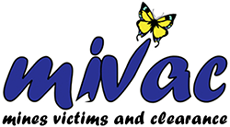ABOUT MiVAC
MiVAC is a voluntary organization, with no paid employees or board members, enabling 95% of donor’s funds to reach their identified projects. MiVAC brings relief to people living in areas affected by mine warfare. Additionally MiVAC provides a positive focus for those who are aware, and are concerned, about what was left behind at the completion of conflicts or the withdrawal of troops. As an example, 260 million bomblets (also called cluster bombs) and 2 million tons of bombs were dropped on Laos (now Lao PDR). 30% didn’t go off – so many are left behind with the locals having to deal with the dreadful consequences when they now do explode, causing injuries and death.
MiVAC was formed by Australian Army Engineers, who have a strong background in unexploded ordnance (UXO) identification and disposal, as well as construction and maintenance of water supply systems. We are an Australian registered charity, and our members and Board are all volunteers.
MiVAC has operated in SE Asia for some 16 years – initially to clear mines and UXO and we subsequently embraced the need to marry mine clearance with development assistance to the communities affected by mines and UXO. More recently, MiVAC has concentrated on supplying clean water and toilets, with associated education and training, to poorer villagers who have been affected by the remnants of war.
To ensure sustainability, while MiVAC secures all materials and provides technical advice, the villagers contribute by providing the workforce. This enables them to better understand the construction and maintenance aspects of the system, but also gives them a much greater “ownership” of “their” system. MiVAC also coordinates training of the villagers in such aspects as health and sanitation (eg handwashing after toilet use and before eating), as well as how to conduct inspections and maintenance of their water system. MiVAC also advised villagers on how to set up simple maintenance funds in each village – wherein each household contributes a small cash amount each month. Recent reports indicate that this system is working effectively.
OUR MISSION
The MiVAC mission is to provide aid to communities of mine and UXO affected areas, through the implementation of water supply, sanitation, health and education projects, in order to reduce poverty and improve the living standards and self-sustainability of the local people.
Specific objectives include provision of clean water, effective maintenance of water systems, health hygiene, and sanitation education.
ANNUAL REPORTS
TRUSTEES
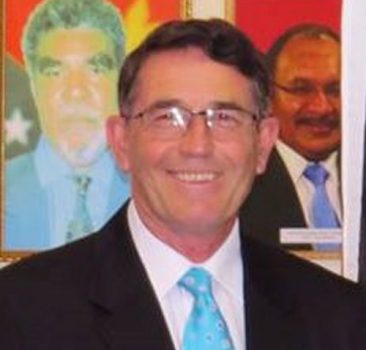
Brian Boon
Chairman of the Board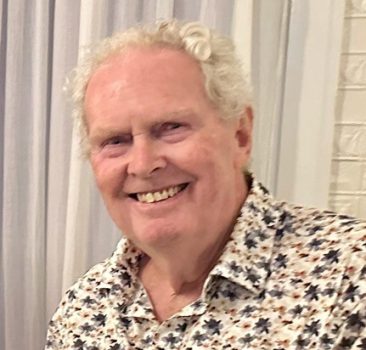
Morris Evans
Treasurer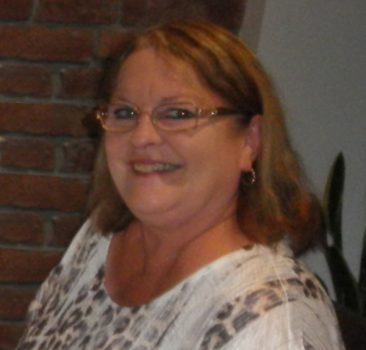
Lyndyll Elizabeth Clark
Administration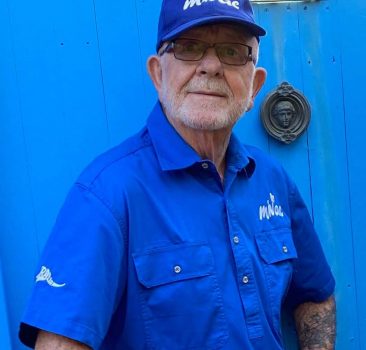
Peter Perry
Vietnam Project CoordinatorMODUS OPERANDI
Following several years of operational experience in Lao PDR, MiVAC have developed a project selection and implementation procedure in order to ensure successful project implementation.
The procedure is outlined as follows;
- Particular areas of expertise. Our current focus is on the provision of clean water piped from natural sources, and for some community buildings.
- Identify a project. The project MUST emanate from the needs of the end user. Imposed projects almost invariably fail. Projects are sought in areas where the inhabitants have been badly affected by mines, UXOs and/or chemical agents. Inhabitants are generally impoverished, located in a remote area and unlikely to receive aid in the medium to long term.
- Project planning. The local Government Authority/s would need to be very much involved along with the village/community committee in formulating the requirement. The plan would cover all aspects including approval through to ongoing running and maintenance costs after completion.
- Costing. Total estimated costs are established and are divided between the community and MiVAC, with typically the community providing labour and some timber, and local movement of construction stores.
- Sourcing donors. We see this as an ongoing requirement made more productive when a costed proposal is at hand.
- Memorandum of Understanding (MOU). A detailed written agreement usually tying together 3 parties – being the recipient, the local Authority and MiVAC. It would be usual for MiVAC to enter into a separate MOU with the Donor.
- Detailed plans and approval. MiVAC works closely with the community and local Authority/s in all stages of the planning and approval process. This includes firming up locations and projects, production of designs, project cost estimates and Bills of Materials, preparation of working drawings, and culminating with the signed agreement of the user and the Authority.
- Implementation. Care is taken not to make the time frame too ambitious especially when using local labour – as their own priorities, at times such as cropping, must take priority. Deadlines are not a tool that we use. MiVAC ensures local Authority/s approve construction work at important stages through each project.
- Reporting. We use a transparent system of control exercised over all financial and management aspects of the project. This control is exercised by MiVAC. Regular progress reports, with photos, are provided to the donors.
- Completion and Training. It is preferable that the project is completed in identifiable stages so that the appropriate training may be undertaken by the appropriate Authority e.g. the sanitary aspects of using a WC facility or maintenance of a water supply system. It also provides an opportunity to reprogram if there were lessons learnt during the process. A completion report with financial details and photos are provided to the donors.
